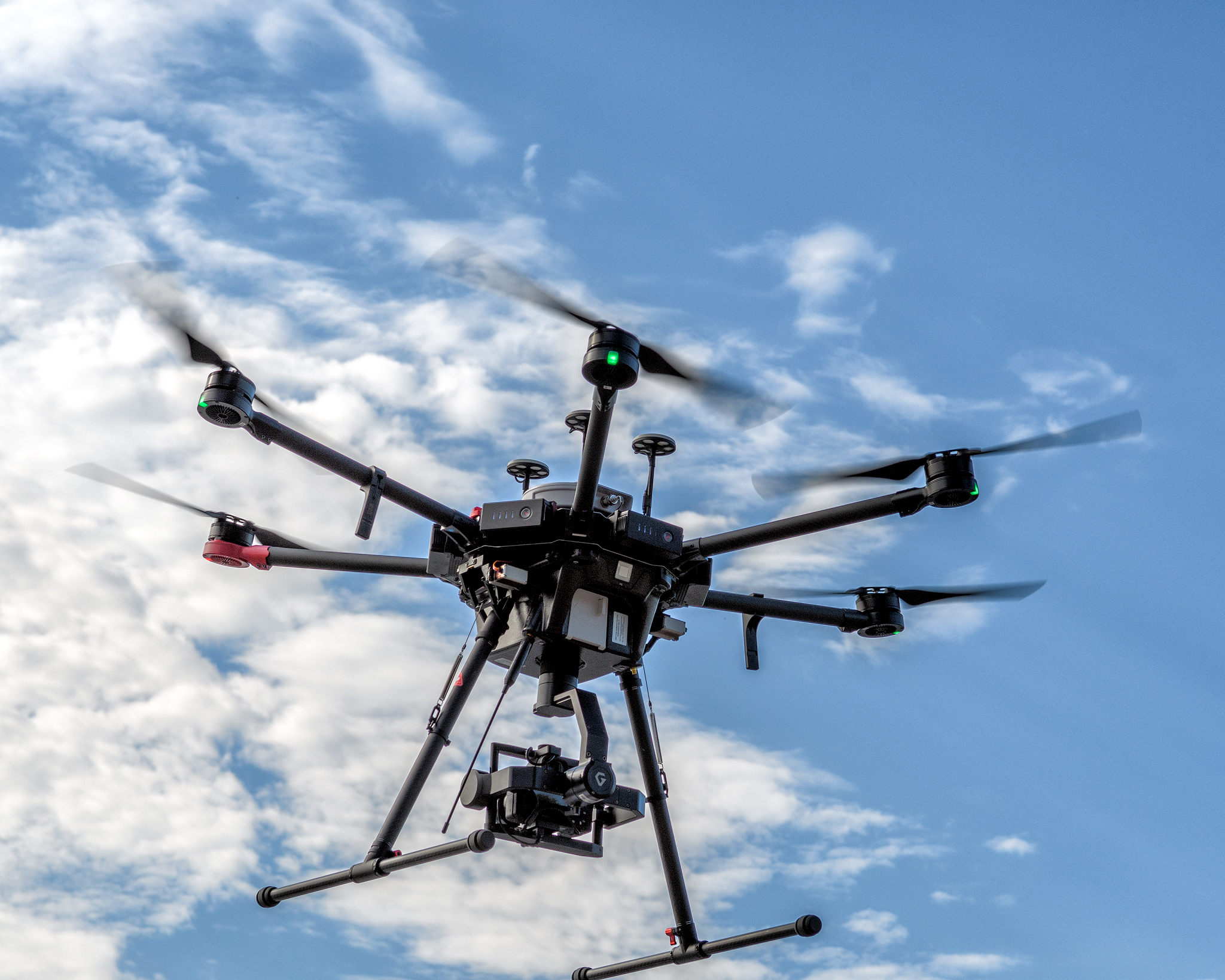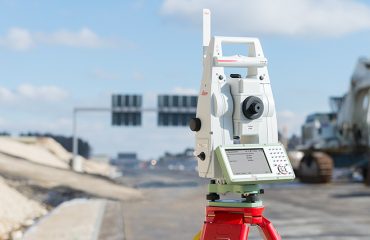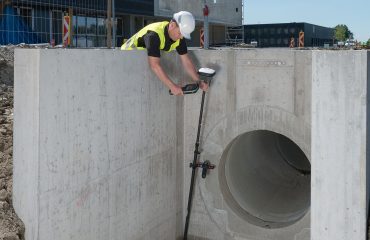New FAA rules for unmanned aircraft went into effect in March 2021. Here’s what you need to know to stay in compliance.
March 2021 marks the implementation of the biggest changes to unmanned aircraft (UA) system regulations since the initial 14 CFR Part 107 introduction in 2016. Also known as UAS, UAVs and drones, these small aircraft represent “the fastest-growing segment in the entire transportation sector” according to the FAA, with more than 1.7 million drones registered and more than 203,000 FAA-certified remote pilots as of December 2020.
 “As professional UAS operators, we know better. We understand that in doing business with our aircraft, we expose ourselves and our companies to risk and civil liability. It is therefore our responsibility to know, understand and follow the regulations.”
“As professional UAS operators, we know better. We understand that in doing business with our aircraft, we expose ourselves and our companies to risk and civil liability. It is therefore our responsibility to know, understand and follow the regulations.”
What has become apparent since the initial regulations were introduced five years ago is that many people who purchase a drone have no idea there are drone regulations, registration and certification requirements, controlled airspace, or separate insurance requirements. They open the box, find out how to charge the batteries and then say, “hold my beer and watch this.” In many cases, that’s the last they see of their drone—at least in one piece.
As professional UAS operators, we know better. We understand that in doing business with our aircraft, we expose ourselves and our companies to risk and civil liability, similar to the risk and liability we have operating motor vehicles in the course of our daily work. It is therefore our responsibility to know, understand and follow the regulations.
As one of the FAA Safety Team (FAASTeam) Drone Pros (yes, that’s an official designation), I am tasked with outreach and education on aviation safety subjects, both manned and unmanned. I have been able to attend the internal FAA Safety Team presentations on the new rules. Additionally, just for fun, I read most of the 700+ page final rule release. They can be summarized into four major categories:
- Aircraft registration
- Aircraft requirements (Remote ID)
- Aircraft operations
- Pilot requirements and recurrent training
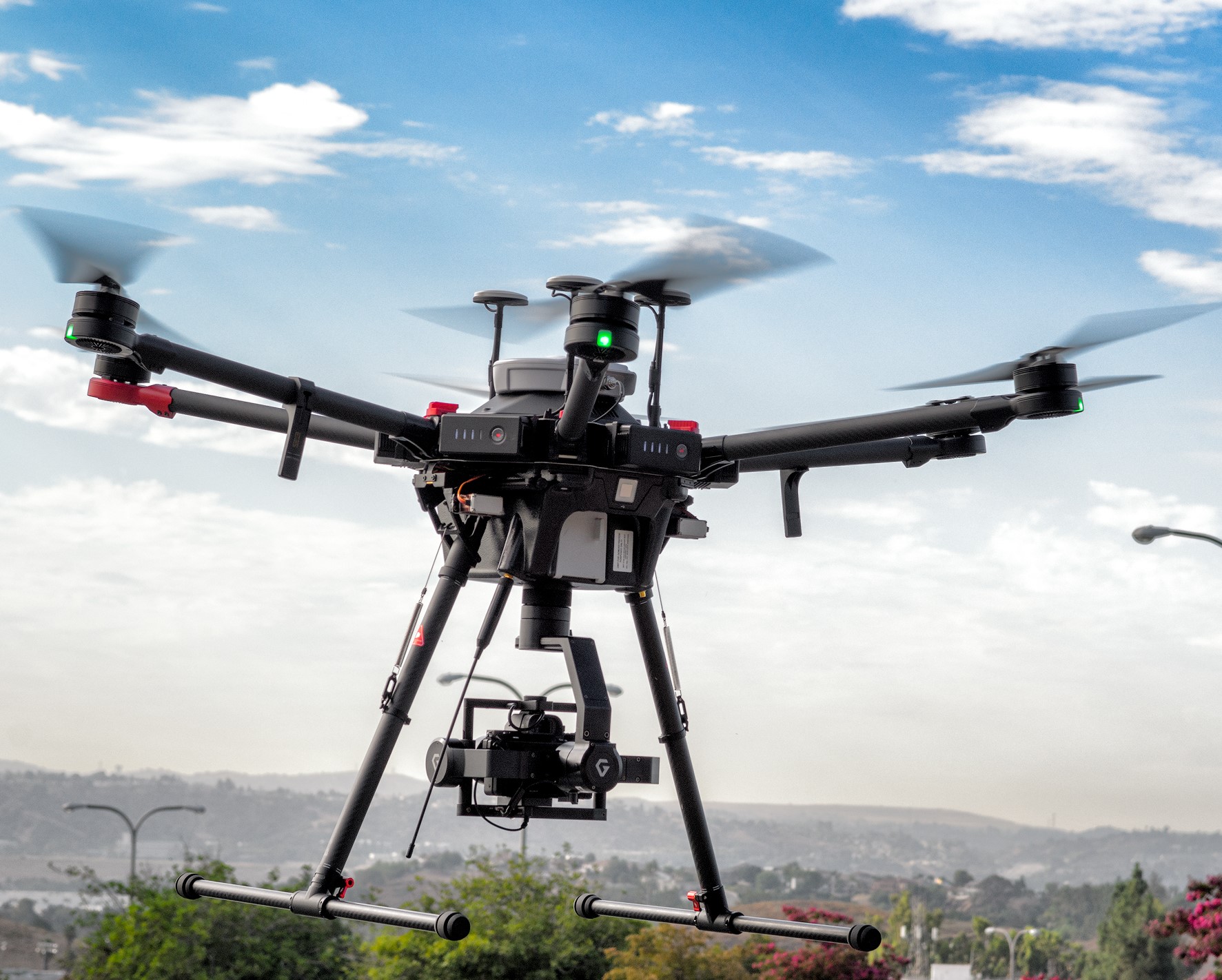
Aircraft Registration
Updated on March 4, 2021, Title 14, Part 47 emphasizes an established rule noting that aircraft registration is only valid for three years and must be renewed after that time. The FAA has noticed that a lot of drone registrations have expired and not been renewed. While many of these expired registrations might be due to damage or disuse, certainly not all of them are. If you have not registered your aircraft or are operating on an expired registration, you are not compliant. If you are not compliant, your insurance is probably void. Updating your registration is a simple process that can be done online through the FAA Drone Zone and costs only $5.
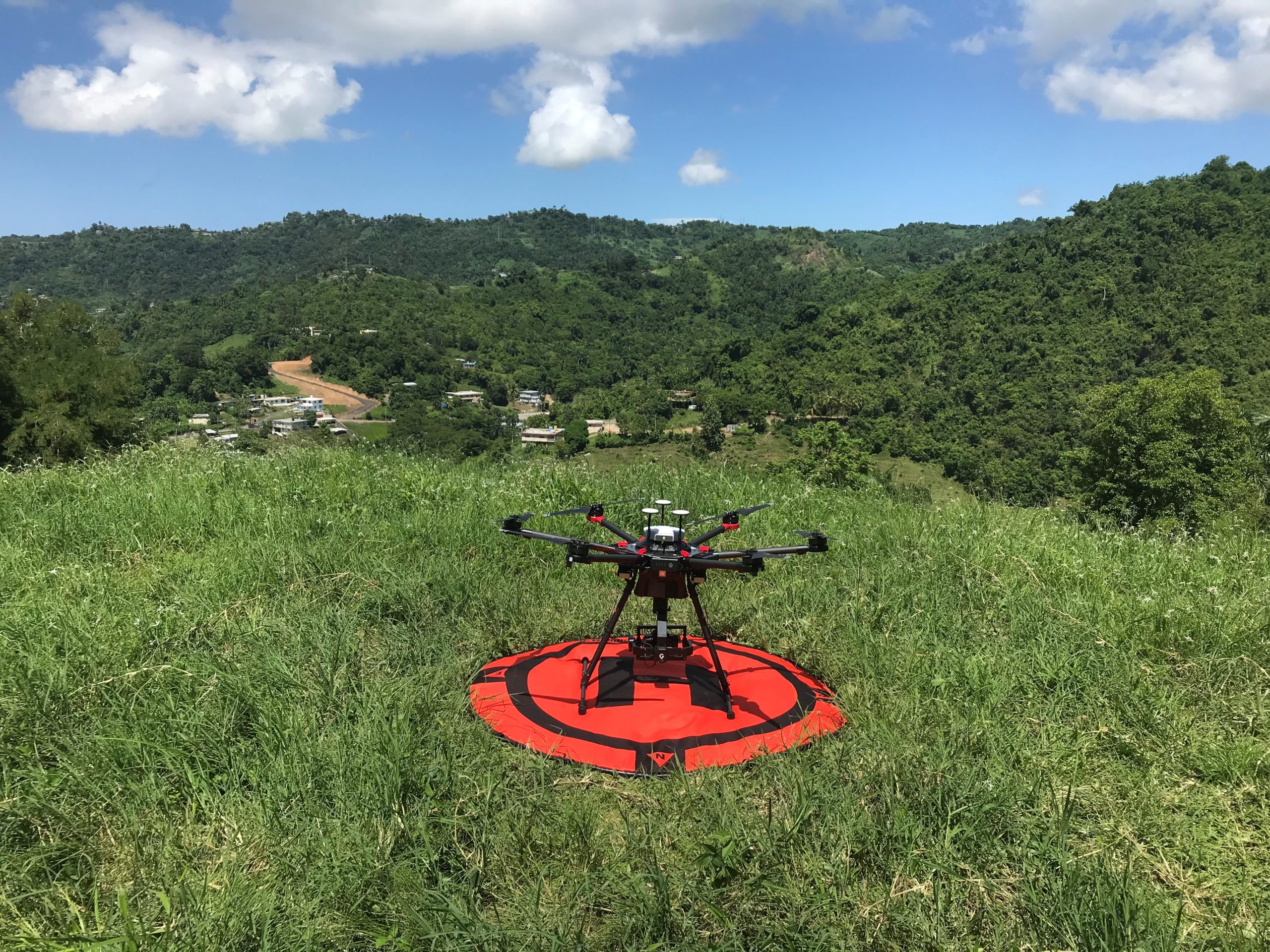
Aircraft Requirements (Remote ID)
The biggest question from our user community is about Remote ID. This has also been the most contentious issue surrounding the changes to the UAS rules. Fortunately, the final rule is much less restrictive than the proposed rule.
The proposed rule was that UAS would be required to have a cellular connection to an approved service provider (Skyward, Kittyhawk, Airmap, etc.) and transmit its location and other details before being able to take off.
 “This is a somewhat tall order for all manufacturers given that the broadcast medium (WiFi, Bluetooth, etc.) is not yet defined, the message is not structured, and apps to receive this data don’t exist.”
“This is a somewhat tall order for all manufacturers given that the broadcast medium (WiFi, Bluetooth, etc.) is not yet defined, the message is not structured, and apps to receive this data don’t exist.”
The final rule is that the UAS must broadcast its position height above ground level (AGL) and speed as well as the location of the ground station (operator). While not fully defined as to how this information is to be broadcast, it is anticipated to be WiFi or Bluetooth so that a mobile device (smartphone) with similarly enabled communication mode and an app can receive the broadcast from the aircraft (UAS) without any additional hardware on the ground. Automatic dependence surveillance/broadcast (ADS/B) technology is not to be used for this purpose, as specifically stated in the new rule.
Starting from March 16, 2021, manufacturers like Leica Geosystems, DJI and Skydio have 18 months to begin manufacturing aircraft with Remote ID. This is a somewhat tall order for all manufacturers given that the broadcast medium (WiFi, Bluetooth, etc.) is not yet defined, the message is not structured, and apps to receive this data don’t exist. We will keep users updated as we progress.
Existing drone operators and all drone users will have 30 months from the same date before being required to use UAS equipped with Remote ID. All existing drones—with the exception of some homebuilt/custom built UAS—will need to be retrofitted with the necessary equipment to broadcast the Remote ID message.
Although Remote ID is not required in FAA Recognized Identification Areas (FRIAs), those are the areas used by recreational flyers, educational institutions, and R&D. If you are a professional using unmanned aircraft for work-related projects, you will need to comply with the Remote ID rule. Make a note in your calendar now to follow up with your drone manufacturer in late 2022 regarding a retrofit.
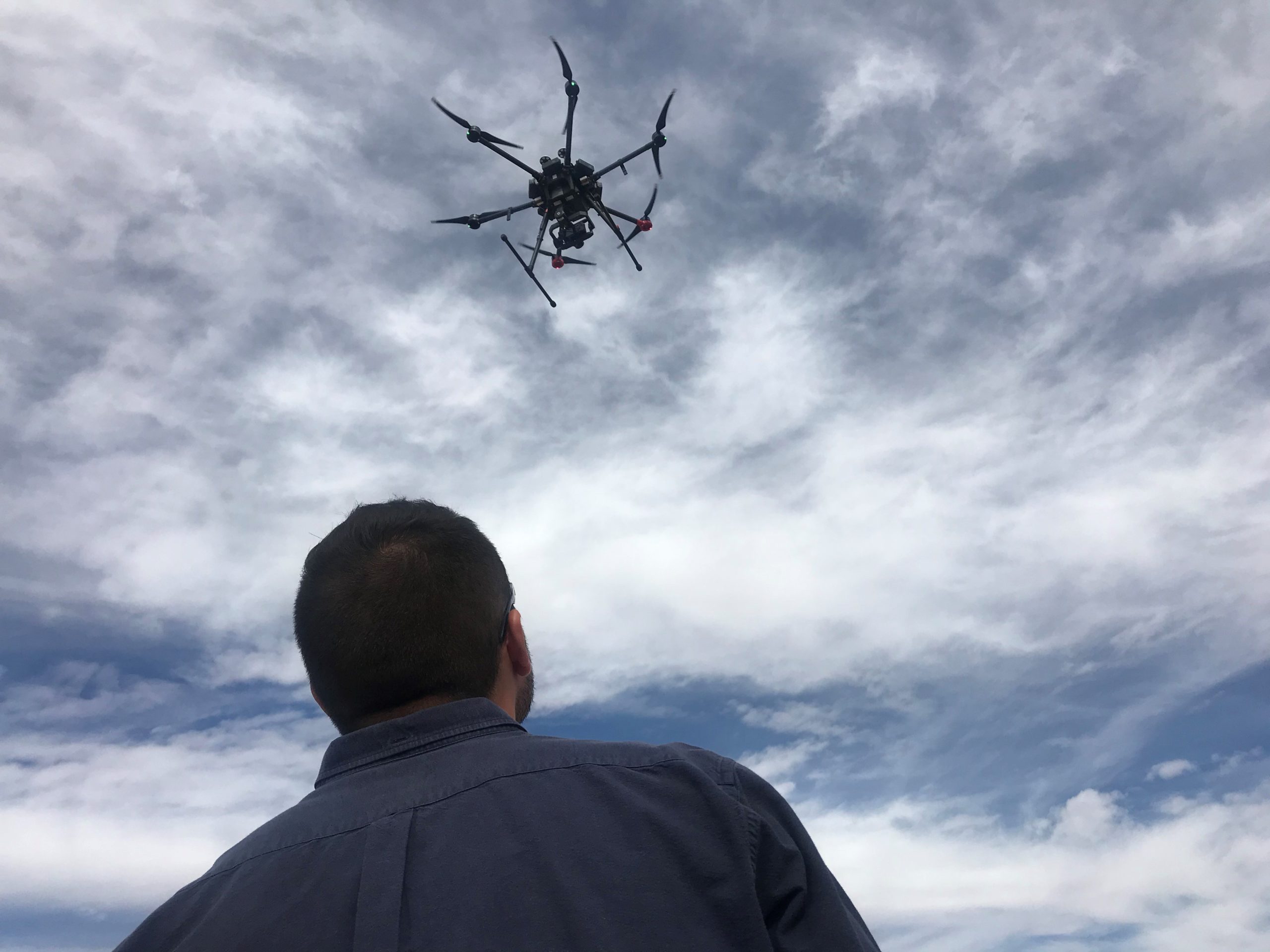
Aircraft Operations
FAA regulations regarding operations over people (OOP), operations over moving vehicles (OOMV) and night operations have been some of the most challenging rules to interpret and follow. The final rule that goes into effect on March 16, 2021, updates and clarifies the requirements.
Operations Over People/Operations Over Moving Vehicles
Previously, OOP and OOMV not participating in the UAS operation required a Part 107.39 Waiver that was very difficult to acquire. The new rule requires that UAS be defined in categories (1, 2, 3, or 4) based on their weight and/or kinetic energy (in foot-pounds), not have any rotating parts that can cause lacerations, and be certified compliant by the manufacturer.
The intended applications for operations over people include open air assemblies like concerts, sporting events, etc. However, the FAA recognizes that there is a difference between “sustained” flight over people and moving vehicles, and one time “transit” over a person or moving vehicle (found on page 6 of the final rule). The FAA goes into greater detail regarding open air assemblies and moving vehicles, and also makes a distinction between open air assemblies and “closed sites” such as movie sets and construction sites.
Given the typical mapping or inspection application of professional users, your operations likely fall into the transitory nature of flying over people or moving vehicles or flying on a closed site. While flying on a closed site still presents a risk to persons on the ground, the risk is now acknowledged as a function of the number of people or vehicles being transited over, the aircraft, the weather, and the pilot experience. This clarification means it should not be necessary for most geospatial professionals to have a categorized aircraft that adheres to the requirements for OPP/OOMV. It is also possible to mitigate risk by temporarily moving people and vehicles away from an area.
Keep in mind that a closed site can still constitute OOP/OOMV and require a categorized aircraft, so don’t assume that having a closed site is all that is required to fly over people or moving vehicles. It is still incumbent on the pilot in command (PIC) and their organization to determine and mitigate as much as possible all operational risks, including flights over people and moving vehicles. The new rule change in no way exempts or reduces the PIC responsibility for the safety of persons and property on the ground.
Night Operations
Most geospatial professionals don’t need to fly their UAS at night. However, night operations are required for some public safety applications, and the new rule makes it much easier by eliminating the need to secure an FAA waiver. In fact, all night waivers will be terminated on May 16, 2021.
Under the new rule, an aircraft flown at night must be equipped with proper anti-collision lights, and the remote pilot in command must have recurrent training on night operations. This training will be available soon through FAASafety.gov.
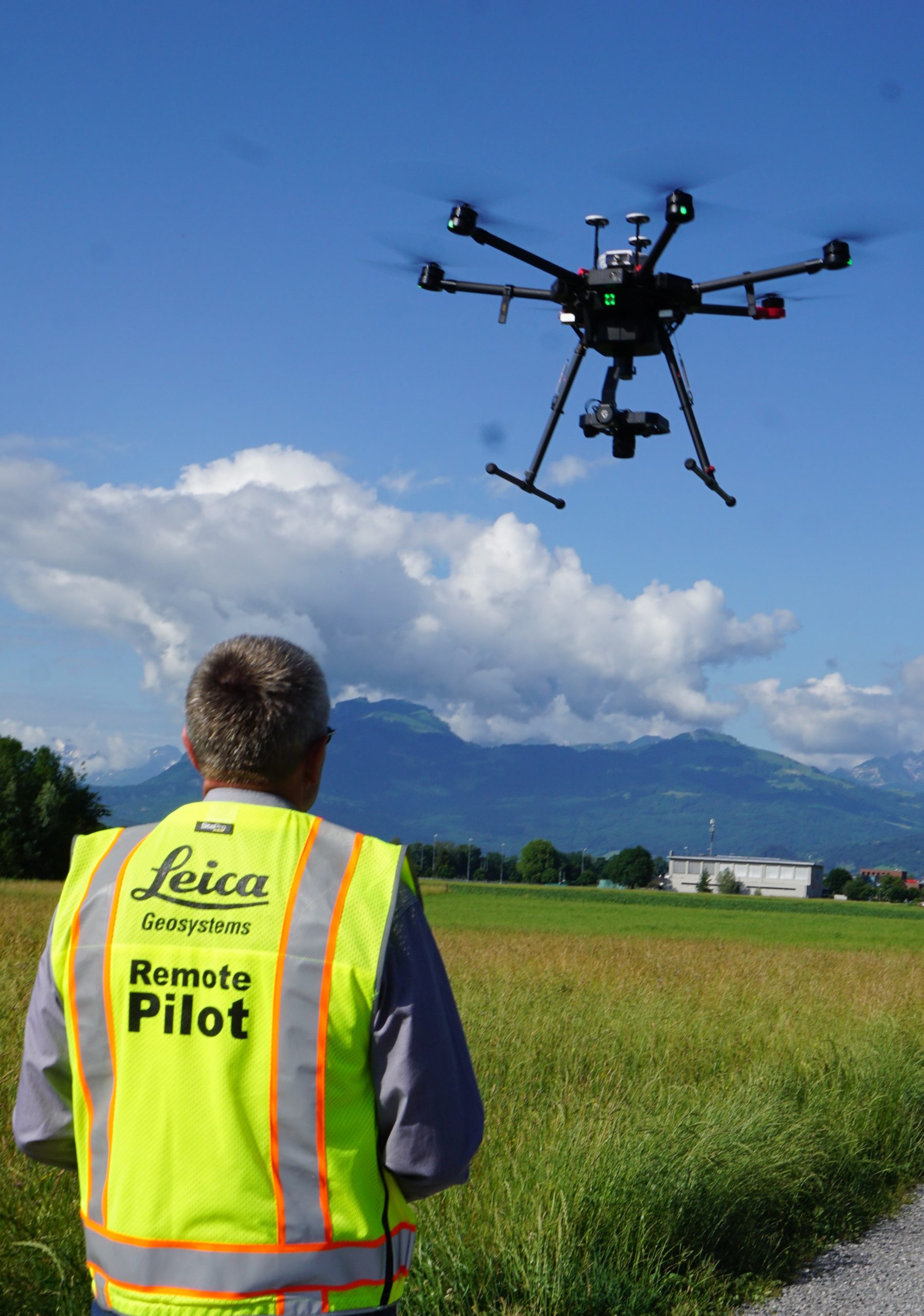
Pilot Requirements and Recurrent Training
In addition to previous requirements to show aircraft registration to law enforcement (LE) if requested, pilots are now required to carry their Remote Pilot Certificate and a picture ID while operating a UAS and must show them to LE and/or the FAA, TSA or NTSB upon request. Pilots are not required to show recency of knowledge.
Starting Mar 1, 2021, remote pilots can conduct their recurrent (bi-annual) re-certification online for free at FAASafety.gov. If you don’t already have an account, you will need to create one. This is also where you can conduct your night operations training.
If your remote pilot currency has expired, you cannot legally operate a UAS. Starting March 1, you can renew your currency as mentioned above. You do NOT have to take the recurrent written exam. Only new, never certificated remote pilots have to take the UAS Initial Knowledge Exam
As always, I recommend keeping a personal written record (logbook) of all your hours operating a UAS. I recently encountered a user who only kept company records and when he left the company, he had no record of his flight experience, training, recency or currency. You and your organization’s insurability as a pilot are directly related to your training and experience. I strongly suggest keeping detailed records of such information.
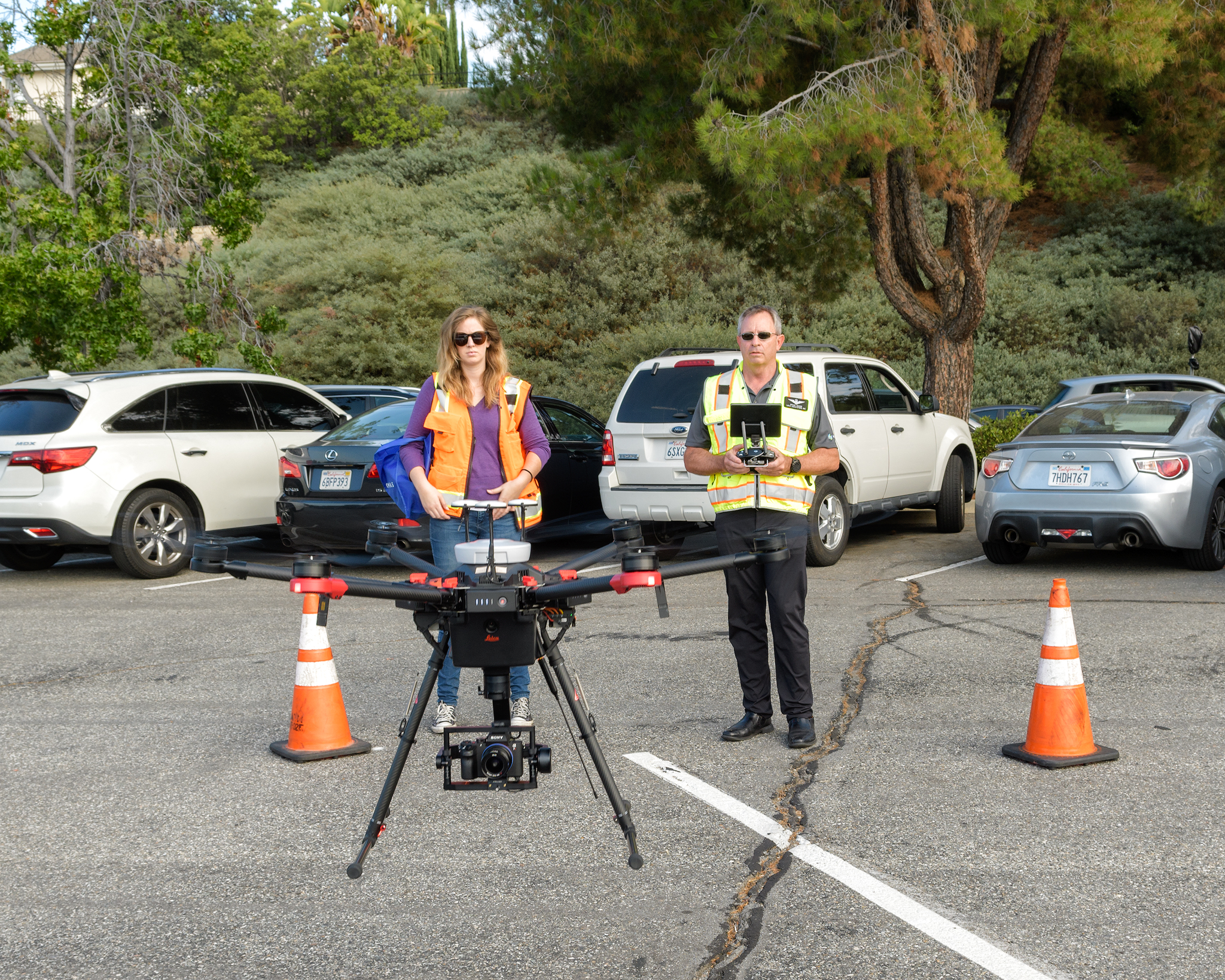
Knowing and following all current regulations is imperative to safe and successful UAS operation. Please communicate these changes and their importance to your managers, supervisors, owners, or anyone else that you know who operates a UAS. By sharing this information, you are helping the FAASTeam educate the uninformed and making UAS operations safer in the process.
---------
About the Author:
 Bryan Baker is the unmanned aircraft system sales manager for Leica Geosystems in the US and Canada. He has been in the geospatial industry for his entire career and has a passion for aviation and technology. He’s an ASPRS certified mapping scientist, an instrument-rated commercial pilot, and a small UAS remote pilot. He’s also a factory-certified UAS trainer and an FAA advanced ground instructor. In his spare time, he volunteers as an FAA Safety Team representative and is a designated “Drone Pro” for the southwestern US.
Bryan Baker is the unmanned aircraft system sales manager for Leica Geosystems in the US and Canada. He has been in the geospatial industry for his entire career and has a passion for aviation and technology. He’s an ASPRS certified mapping scientist, an instrument-rated commercial pilot, and a small UAS remote pilot. He’s also a factory-certified UAS trainer and an FAA advanced ground instructor. In his spare time, he volunteers as an FAA Safety Team representative and is a designated “Drone Pro” for the southwestern US.
----------
————
To learn more about UAS or schedule a one-on-one consultation to discuss your questions about the new rules, please contact us.
